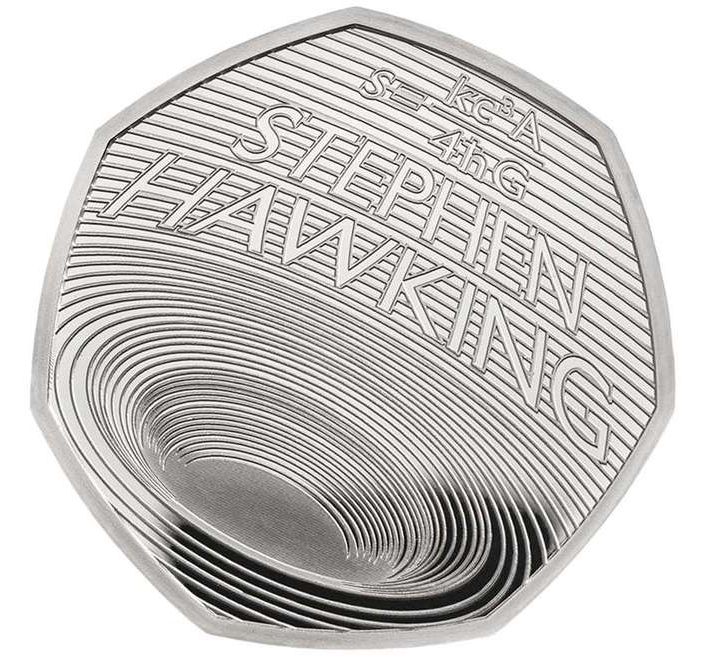Singapore is intent on positioning itself at the vanguard of self-driving technologies. Now it is looking to ramp things up even further, rolling what it claims to be the world’s first full size, autonomous electric bus onto a university campus in partnership with Volvo.
Get the latest international news and world events from around the world.

Unmasking Clever Hans predictors and assessing what machines really learn
Is your AI intelligent or just looking like it’s intelligent? In many ways, this depends on your idea of AI and what it is supposed to do. Scientists at Singapore University of Technology and Design have worked out a way to check for the issue. Open Access Journal: https://www.nature.com/articles/s41467-019-08987-4
Current learning machines have successfully solved hard application problems, reaching high accuracy and displaying seemingly intelligent behavior. Here we apply recent techniques for explaining decisions of state-of-the-art learning machines and analyze various tasks from computer vision and arcade games. This showcases a spectrum of problem-solving behaviors ranging from naive and short-sighted, to well-informed and strategic. We observe that standard performance evaluation metrics can be oblivious to distinguishing these diverse problem solving behaviors. Furthermore, we propose our semi-automated Spectral Relevance Analysis that provides a practically effective way of characterizing and validating the behavior of nonlinear learning machines. This helps to assess whether a learned model indeed delivers reliably for the problem that it was conceived for. Furthermore, our work intends to add a voice of caution to the ongoing excitement about machine intelligence and pledges to evaluate and judge some of these recent successes in a more nuanced manner.




Gene-edited food quietly arrives in restaurant cooking oil
NEW YORK (AP) — Somewhere in the Midwest, a restaurant is frying foods with oil made from gene-edited soybeans. That’s according to the company making the oil, which says it’s the first commercial use of a gene-edited food in the U.S.
Calyxt said it can’t reveal its first customer for competitive reasons, but CEO Jim Blome said the oil is “in use and being eaten.”
The Minnesota-based company is hoping the announcement will encourage the food industry’s interest in the oil, which it says has no trans fats and a longer shelf life than other soybean oils. Whether demand builds remains to be seen, but the oil’s transition into the food supply signals gene editing’s potential to alter foods without the controversy of conventional GMOs, or genetically modified organisms.

Sir Martin Rees on the Future: Prospects for Humanity
Astronomer Royal Sir Martin Rees on the #Future: Prospects for #Humanity https://www.singularityweblog.com/martin-rees/ #AI #Singularity #Futurism
Martin Rees has been concerned with our ever-heavier ‘footprint’ on the global environment and with the runaway consequences of our powerful technologies.

Quantum physicists succeed in controlling energy losses and shifts
Quantum computers need to preserve quantum information for a long time to be able to crack important problems faster than a normal computer. Energy losses take the state of the qubit from one to zero, destroying stored quantum information at the same time. Consequently, scientists all over the globe have traditionally worked to remove all sources of energy loss—or dissipation—from these machines.
Dr. Mikko Mottonen from Aalto University and his research team have taken a different approach. “Years ago, we realized that quantum computers actually need dissipation to operate efficiently. The trick is to have it only when you need it,” he explains.
In their paper to be published on 11 March 2019 in Nature Physics, scientists from Aalto University and the University of Oulu demonstrate that they can increase the dissipation rate by a factor of thousand in a high-quality superconducting resonator on demand—such resonators are used in prototype quantum computers.